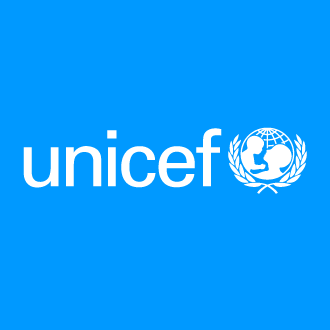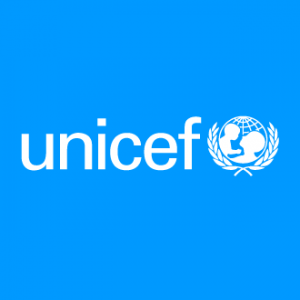Nigeria’s rates of childhood stunting and wasting are among the highest in the world, particularly in the north, where the country reaches into the Sahel region. In many cases these conditions can be life threatening if not treated properly.
In 2009, in collaboration with the Nigerian Government, UNICEF started a pilot project based on research recommending treatment of malnourished children in their home communities, rather than in far-off hospitals or health clinics, a treatment that often comes with an enormous cost for the family.
Fatima Yashia is one of the mothers who brought her child, 22-month-old Osman, to the Katanga primary health care centre for treatment. Osman is one of more than 500,000 children who have been through the programme in northern Nigeria in the last five years. Eating ready-to-use therapeutic food over a period of eight weeks, children are able to recover quickly from malnutrition.
The Community Management of Acute Malnutrition programme treats children at a decentralized outpatient therapeutic site. There, the mother and child are weighed, and the children are measured and checked for medical complications. Those with severe acute malnutrition are given a therapeutic peanut paste and vitamins. Mothers receive enough supplies to take home for a week and are told to return every week for the next two months.
UNICEF supports 495 health centres in 11 states in northern Nigeria
“Even before I came here, I praised what they were doing, and now when I’m receiving, I am still grateful,” Ms. Yashia says. “Many people from the towns and villages praise this programme, and villagers call those children ‘the children of the king’ because they all look so very healthy. And even I received this for my child today, and I am happy. I want to thank God and the Government for this initiative.”




